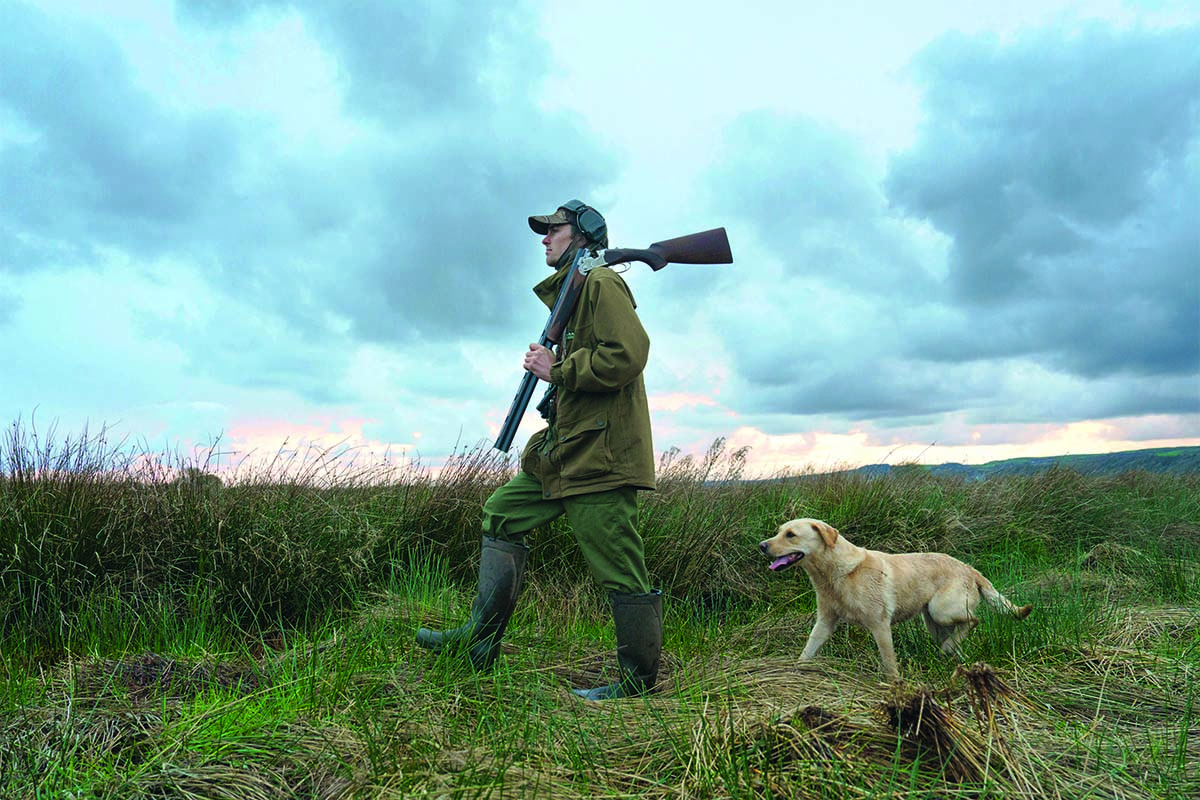The Welsh consultation on shoot licensing – what could be the impact?
With a Welsh consultation on shoot licensing currently taking place, Charles Grisedale considers the impact its outcome may have

The consultations's proposals will affect all shoots in Wales, big or small
Welsh consultation on shoot licensing
Most of you will have heard, I’m sure, that Natural Resources Wales (NRW) launched a 12-week consultation on 27 March this year that, if agreed upon, will limit pheasant and partridge release numbers by licence. It is a fairly direct attack on large shoots. Some of you might say, “So what?” But any shoot that releases birds will be affected. Any 1,000 released pheasants will require a hectare-sized release pen, so by law your small 500-bird shoot will require half of that. That’s around 1.25 acres.
If this happens, I have no doubt that, eventually, full records of birds moved and birds recovered will be required. You may, as in abattoirs, end up with a vet’s bill to examine birds pre- and post-death to allow them to enter the food chain.
What started as an initial, successful attack on fox hunting and coursing in the UK is now developing into a proposed ban on any dog chasing anything in Scotland. This includes rabbits, rats, mice, squirrels and presumably gamebirds. The Welsh government has already stated it is totally opposed to the shooting of birds, but surely the Senedd has more important things to spend its time and our money on than this? I suspect that, with a limited budget to enforce possible legislation, the ‘anti’ brigade will take it upon themselves and hours of police time will taken up by spurious allegations.
Dr Joah Madden’s Evidence Report 680, produced as part of the Welsh consultation on shoot licensing, points to the mistake of this anti-shooting approach. In brief, his report states that there is little evidence about gamebird releasing in Wales. The conservation benefits of shoots will be in danger. The loss of income means less money for conservation in Wales. Jobs will be lost. Our industry is well scrutinised from within and, like all things, if shoots do not provide the best possible experience, they will not survive financially.

The landscape in Wales lends itself to some top-quality sport
Our way of life
Overall, it is a well-thought-out and easy-to-answer consultation. The part at the bottom, regarding the Welsh language, is important. Visit the vast majority of Welsh shoots and those involved usually talk in the native tongue. This is culturally important.
Thousands of people visit Wales for the shooting. It is a multi-million-pound economic shot in the arm to the area, especially during the winter months when there are fewer tourists. The shoot staff aren’t the only ones who benefit — so do workers at hotels, restaurants and B&Bs.
I watched presenter Iolo Williams’ programme about his walk-up through the Welsh borders on the BBC. Curlew near Newtown are a step away from extinction in Wales, just like the lapwing. Iolo’s statement was that without legal predator control, they are doomed.

The results of the consultation may have detrimental effects on the rural economy
Not so long ago, Welsh wildlife was awe-inspiring. Our 30,000 breeding lapwings are now reduced to fewer than 300. Denbigh Moors — once a pinnacle of British grouse shooting and full of the cry of nesting curlew, golden plovers, lapwings, merlins and skylarks — is now a desert of overgrown heather and silent skies. Grey partridges, while breeding on every farm, are extinct as wild Welsh breeding birds. (Read what can be done to help curlew?)
You have until 20 June 2023
I urge you to fill in the consultation. Rest assured that our detractors will be filling it in wholesale.








